How To Install the PetSafe® 4-Way Locking Big Cat Door
Important Information
- Installation in thinner applications may not require the plastic core covers and tunnel support.
- Installation in thicker or non-door applications may require additional skills, tools, and materials (such as wood framing and hardware).
When you first open the box, do not throw away any included cardboard/paper pieces, these are used during install.
What Is Included
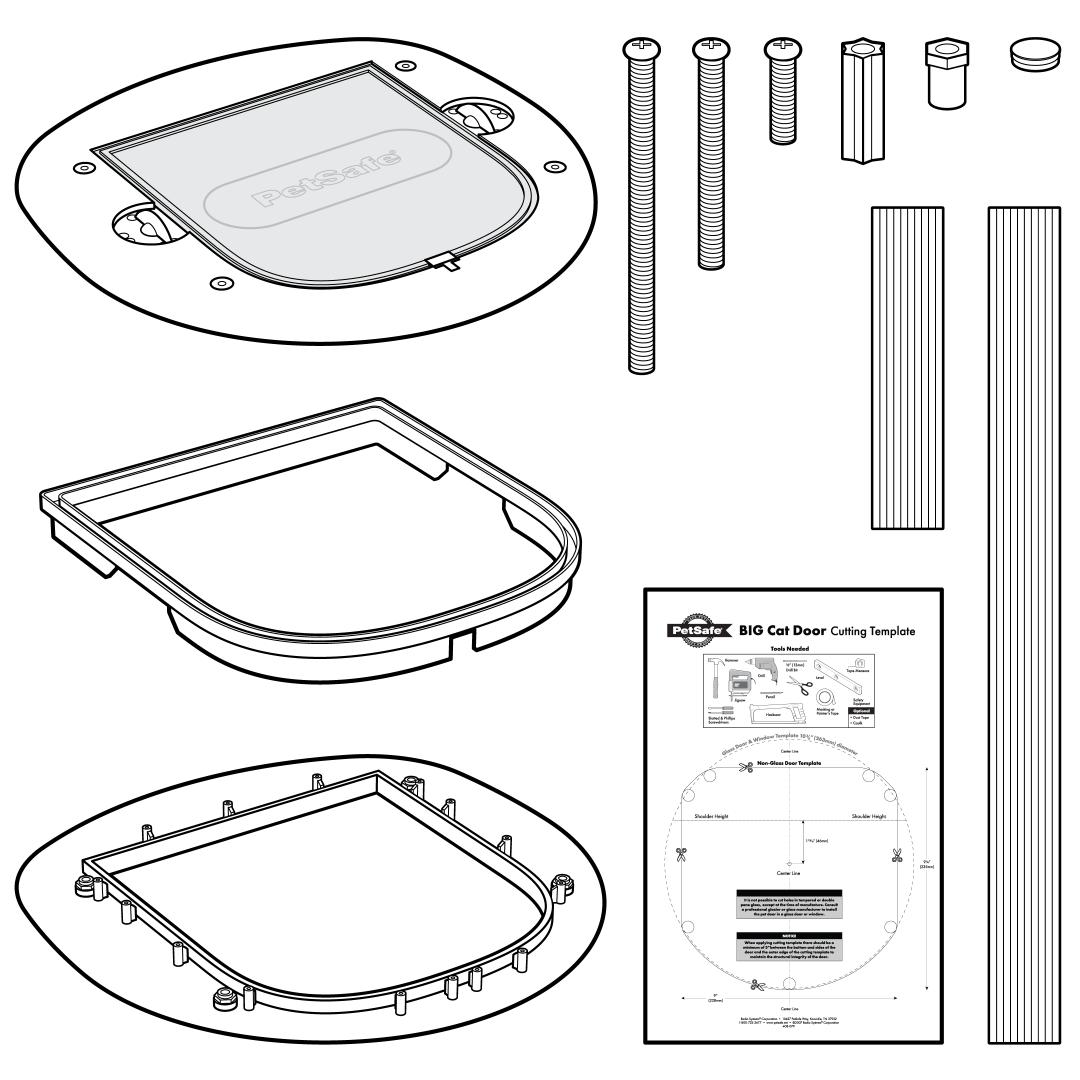
- Interior Frame with Flap and 4-Way Lock
- Tunnel Support
- Exterior Frame
- Short Plastic Core Covers
- Long Plastic Core Covers
- Screws
- Screws Guides
- Binder Posts
- Finishing Plugs
- Cutting Template
Tools You Will Need
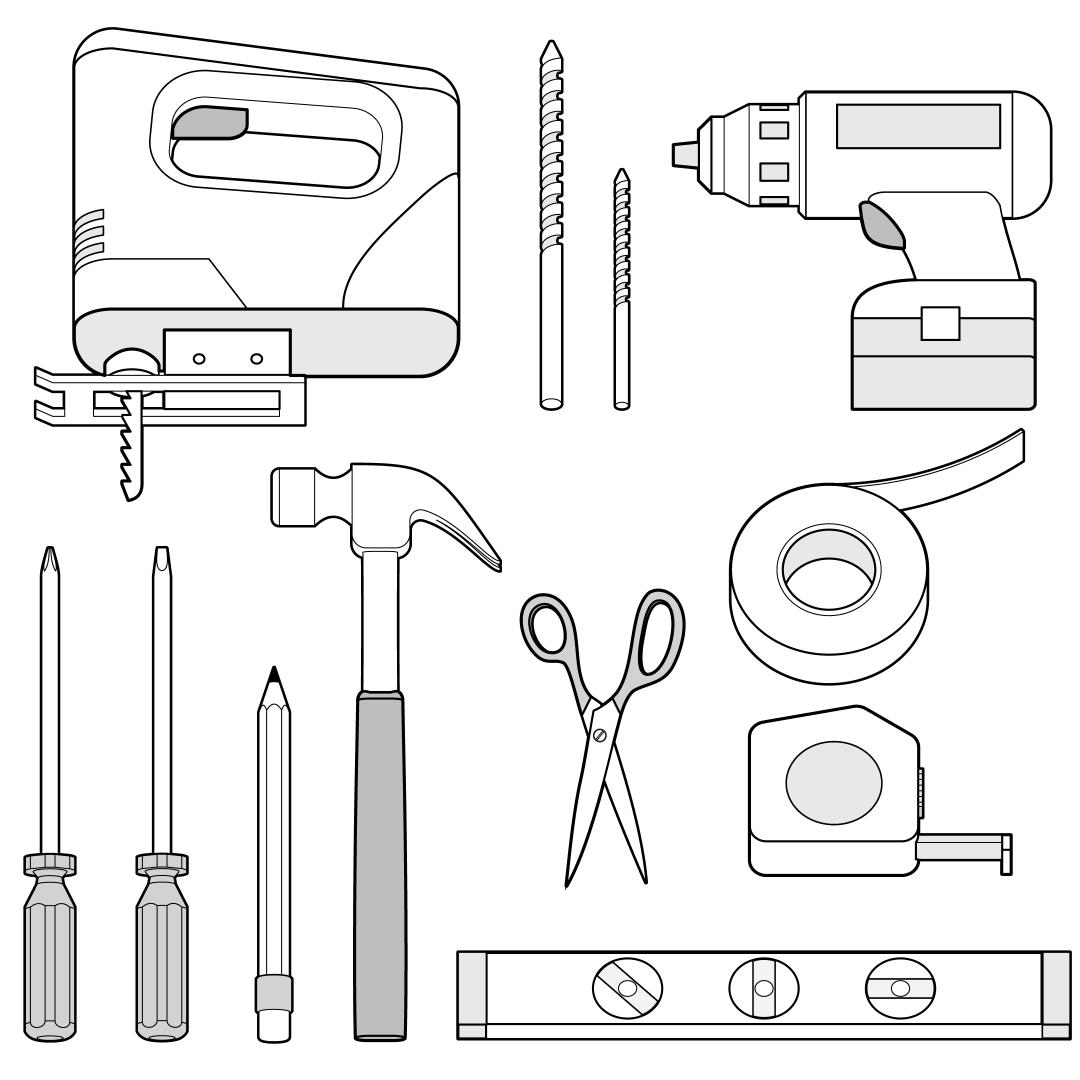
- Hammer
- Jigsaw
- Drill
- Drill Bit: ½ Inch
- Level
- Scissors
- Pencil
- Masking Tape and Duct Tape
- Tape Measure
- Safety Equipment
- Flat-Head and Philips Screwdriver
- Caulk
Measure Your Cat
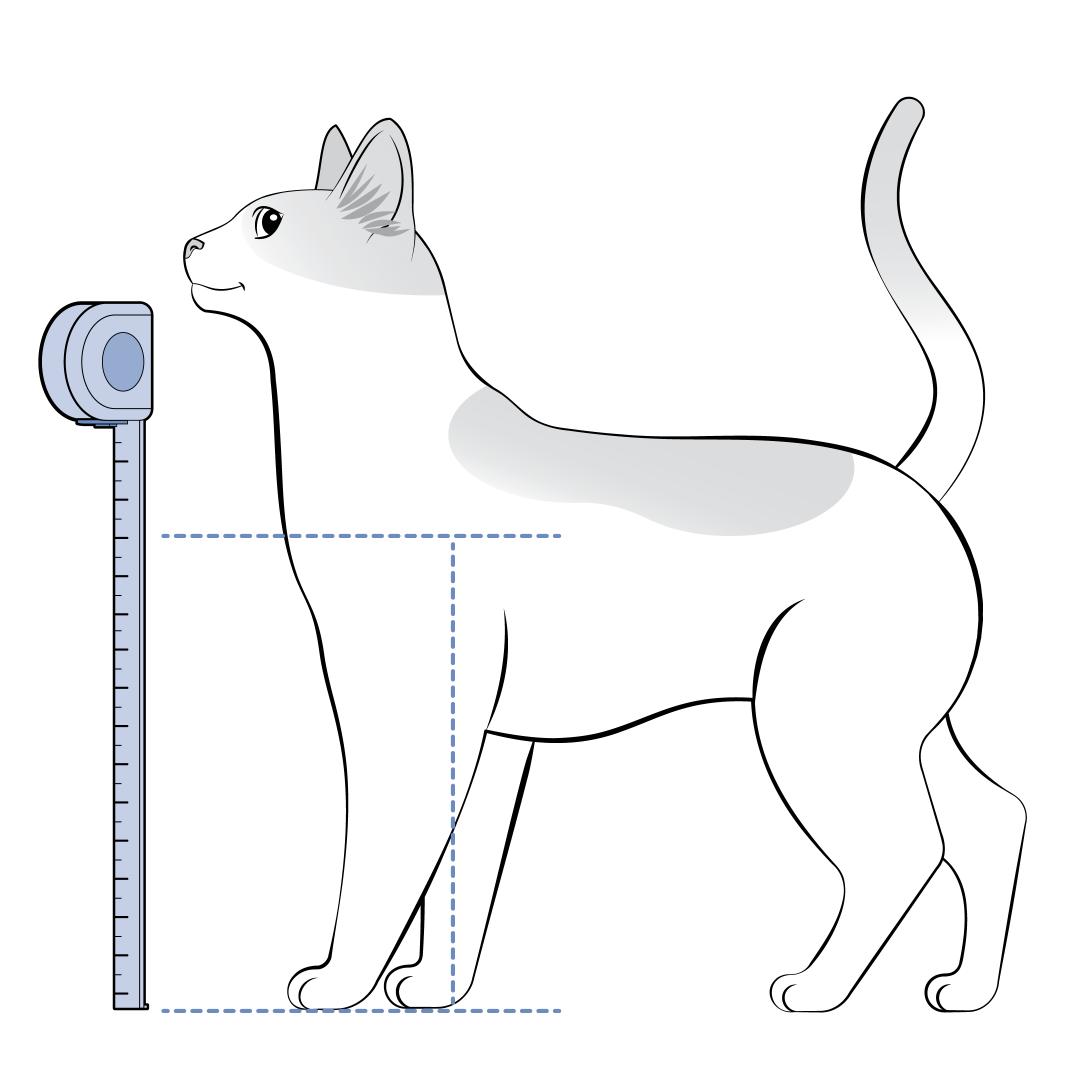
Measure and mark your pet’s shoulder height on the door with a pencil using either method:
- Have your pet stand next to the door and mark their shoulder height.
- Use a measuring tape to measure your pet from the floor to their shoulder. Then apply that measurement to the door.
Use a level to draw a horizontal line through the height marking to extend it.
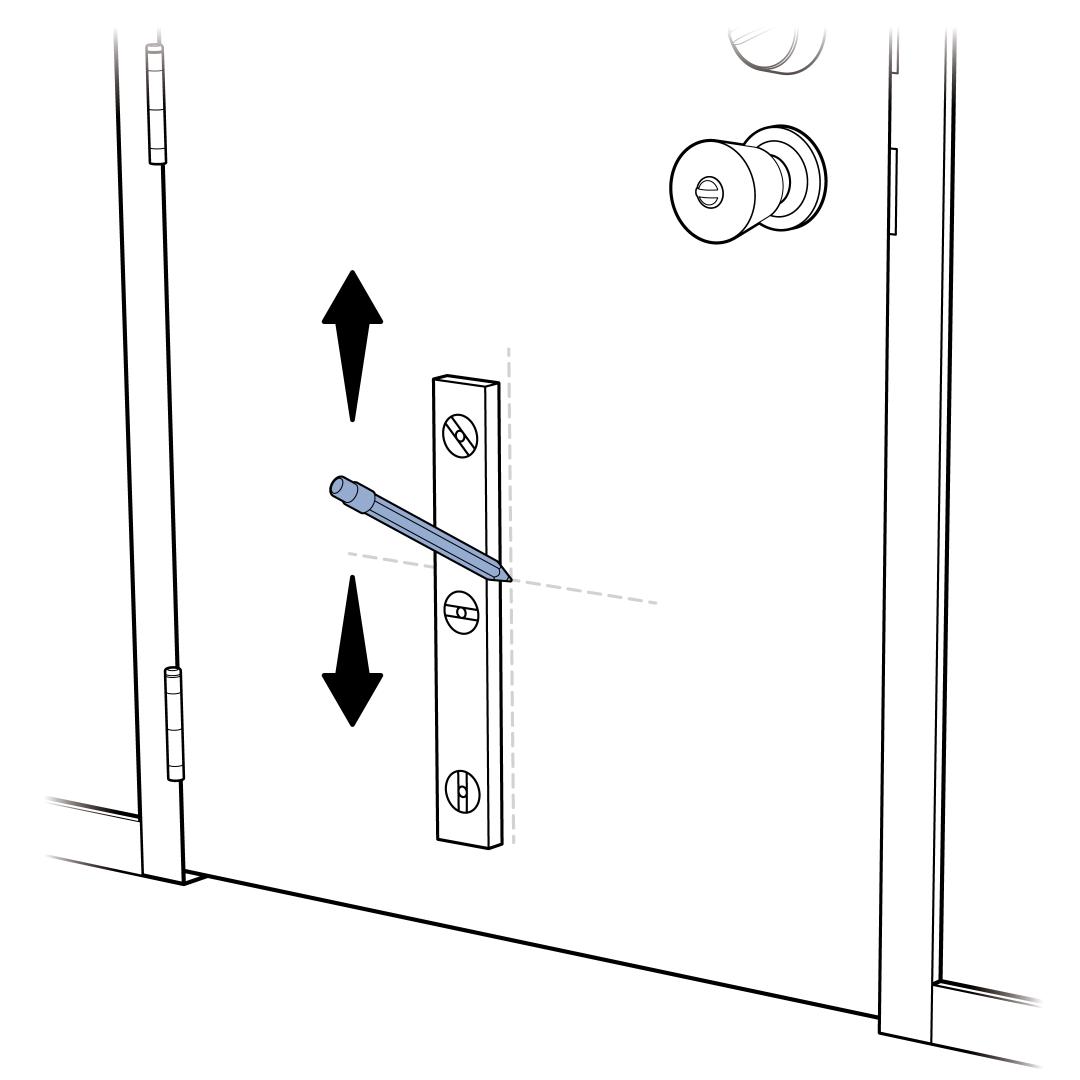
Decide where on your door to install the pet door.
- The pet door does not have to be installed in the center of your door. You may choose to adjust it to the left or right.
- If you are installing it in a paneled door, align it within a panel for ease of installation.
Use a level to draw a vertical line for the pet door to be centered on. If you are placing the pet door centered on your door, draw a vertical line for the center of your door.
Prepare the Door
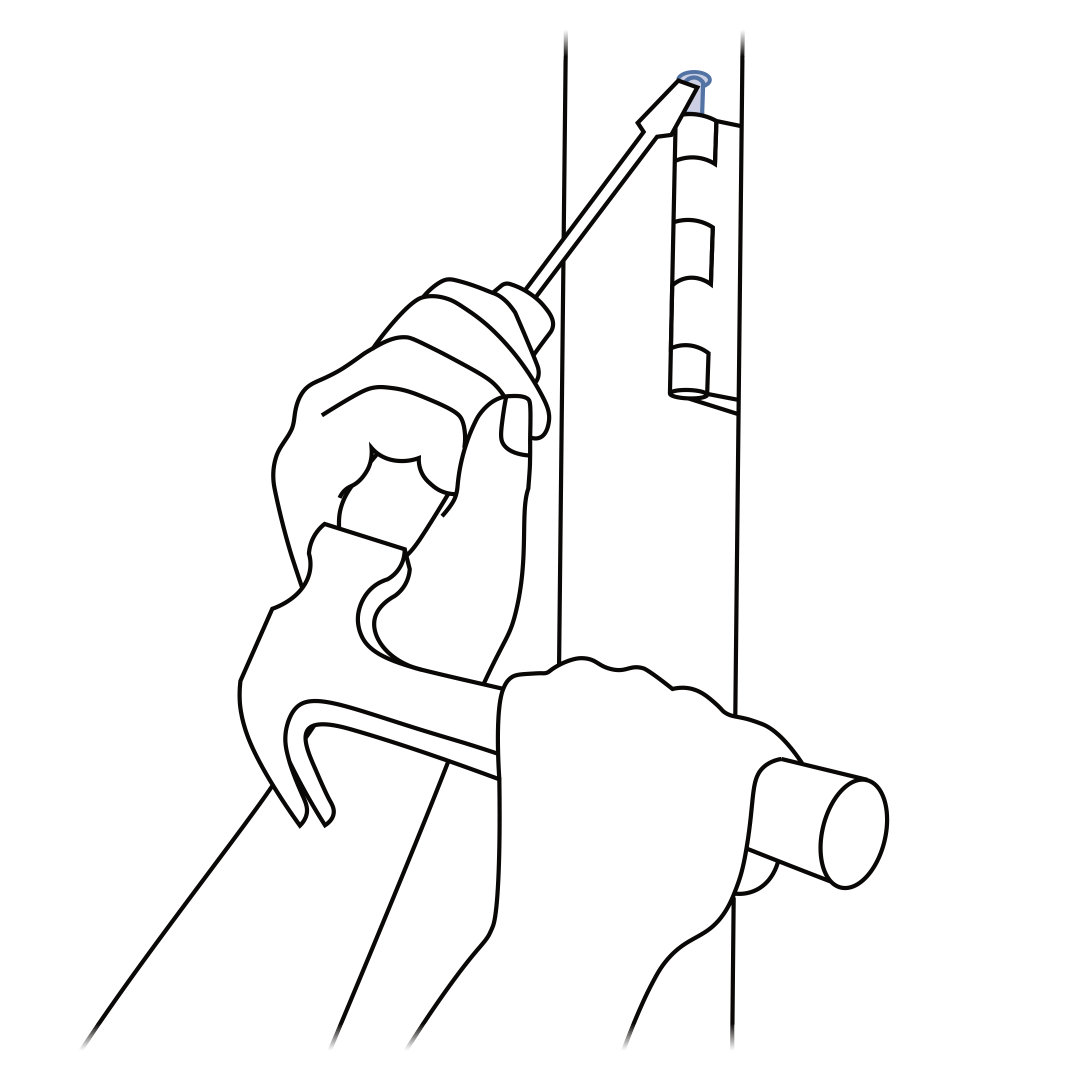
Remove the pins from the hinges using the flat-head screwdriver and hammer to remove the door from the doorframe.
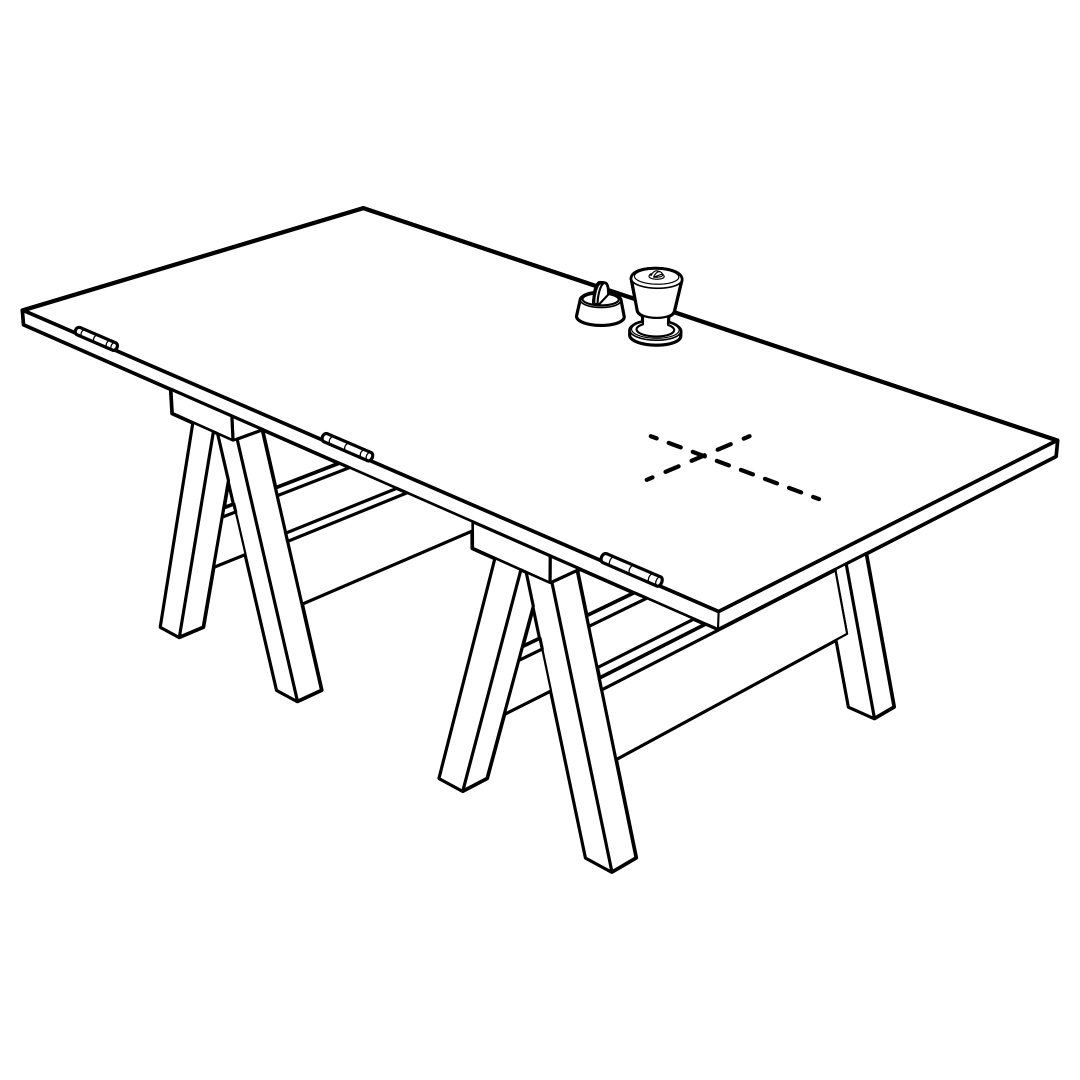
Place the door, interior side up, on a raised level surface suitable for drilling and cutting, such as a pair of sawhorses. Clamp or weigh down the door to prevent it from moving.
Place the Template

Cut out the template along the Non-Glass Door line and tape it on your door, aligning the height and center lines you marked to the ones on the template.
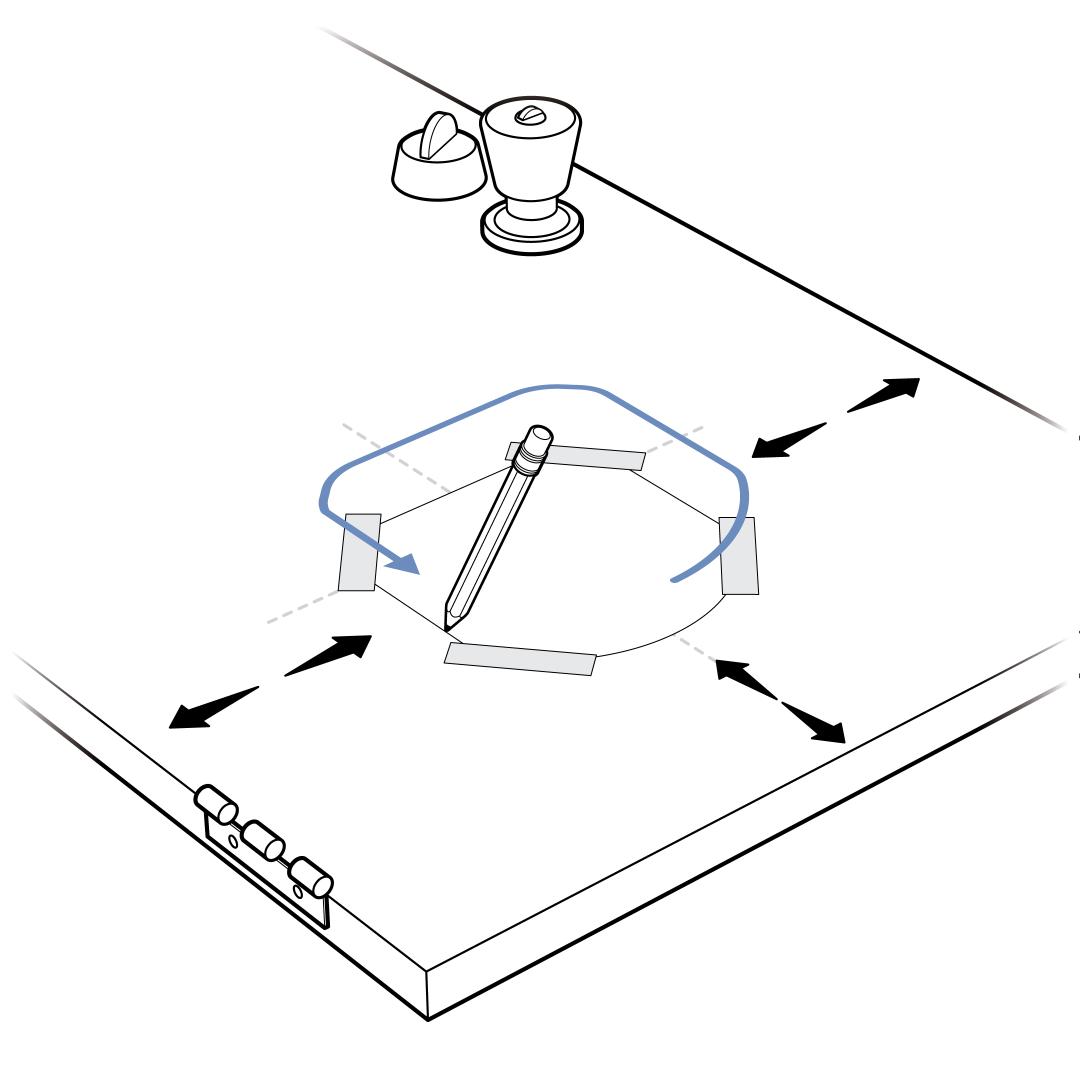
Make sure the template is at least 3 inches from the bottom and sides of the door to keep the structural integrity of the door. If it is less than that, you will need to adjust your lines accordingly to ensure the 3-inch minimum.
Carefully trace around the template, making sure to trace underneath the tape and connect the corners. Then remove the template.
Cut the Pet Door Opening
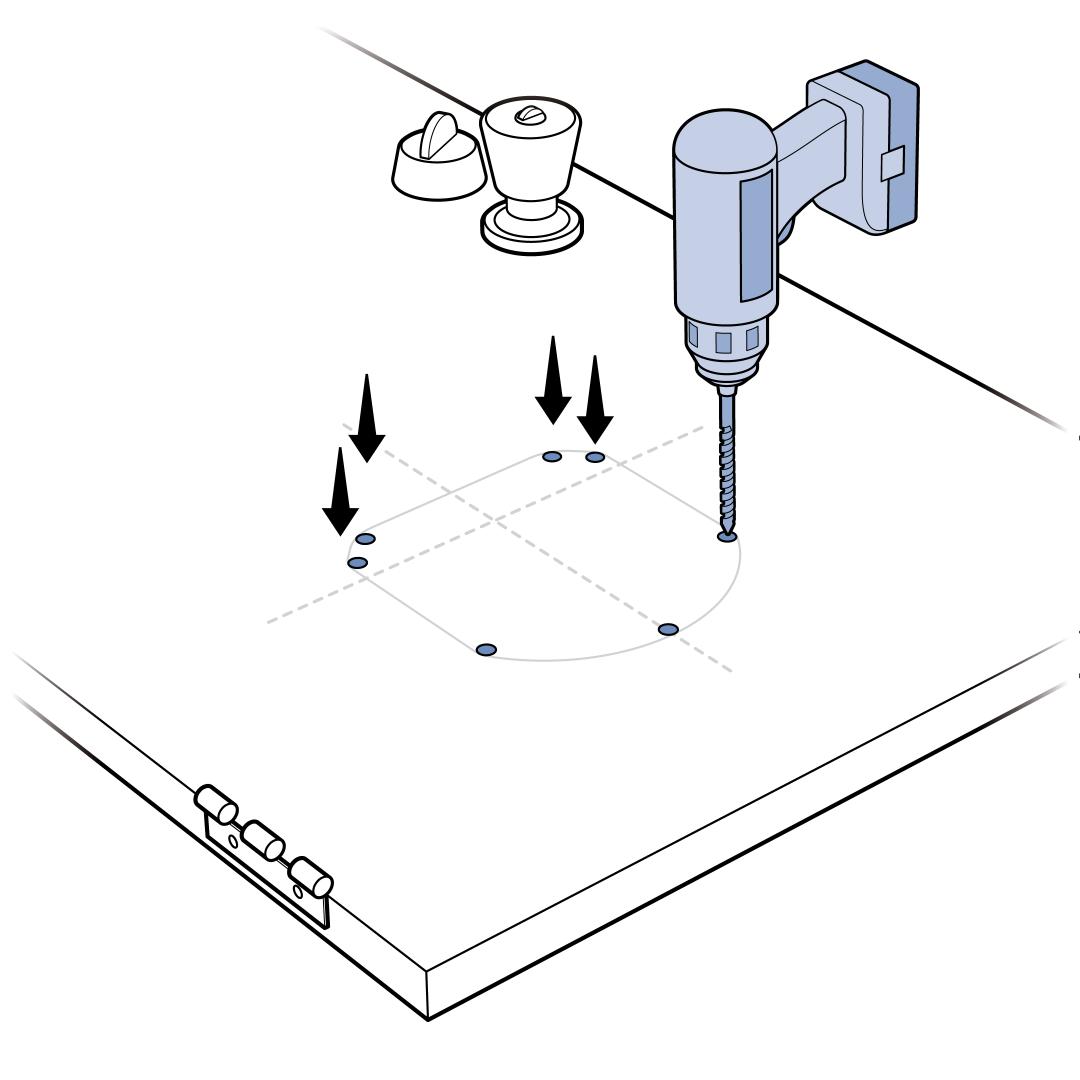
Ensure the area underneath where you have marked for removal is clear before drilling and cutting.
Drill ⅜ inch holes on the inside corners of the traced outline. Hold the drill steady at a 90-degree angle and use a framing square to keep it straight.
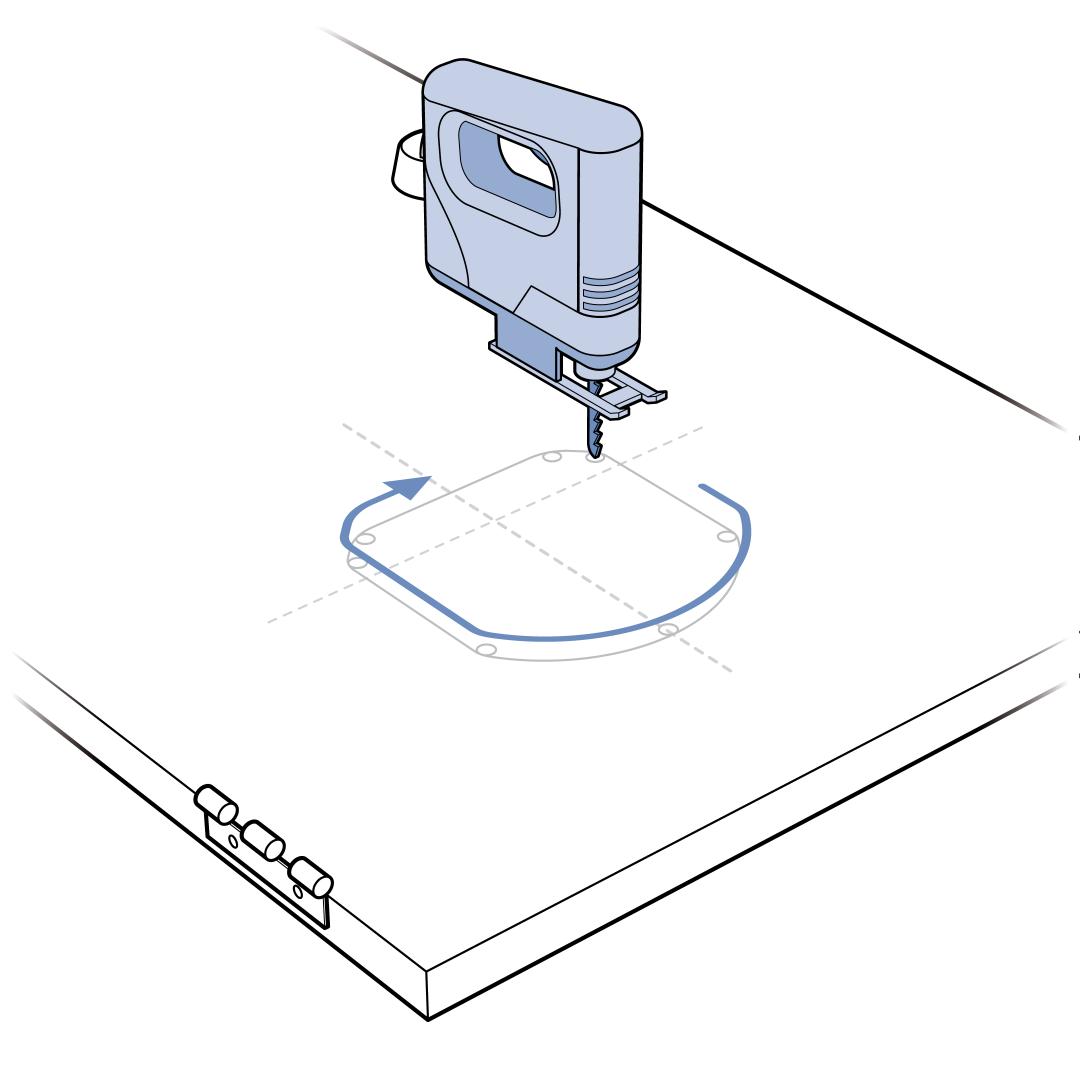
Place the jigsaw blade into a corner hole, making sure the blade goes entirely through the door, and cut along the marking. Continue until an opening is made. You may need to finely trim area to ensure a good fit.
Fit Core Covers
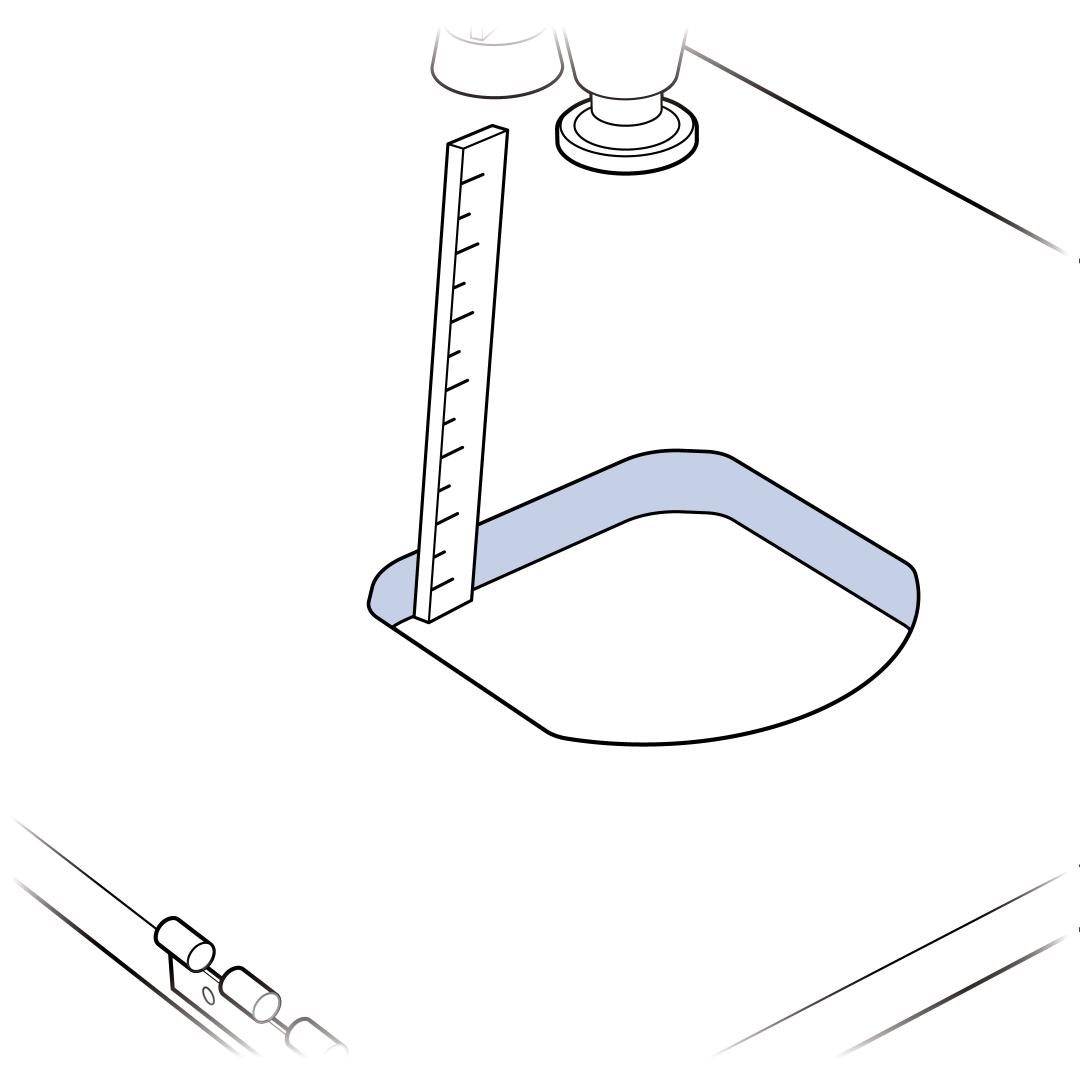
Measure the thickness of your door. If the thickness of your door is:
- ½ inch to 1 ¾ inch, continue to the next step.
- 1 ¾ inch to 2 inches, you will not need to cut the Plastic Core Covers and can skip to installing the core covers.
- ³⁄₁₆ inch to ½ inch, you will not use the Plastic Core Covers or the Tunnel Support and can skip to installing the frame.
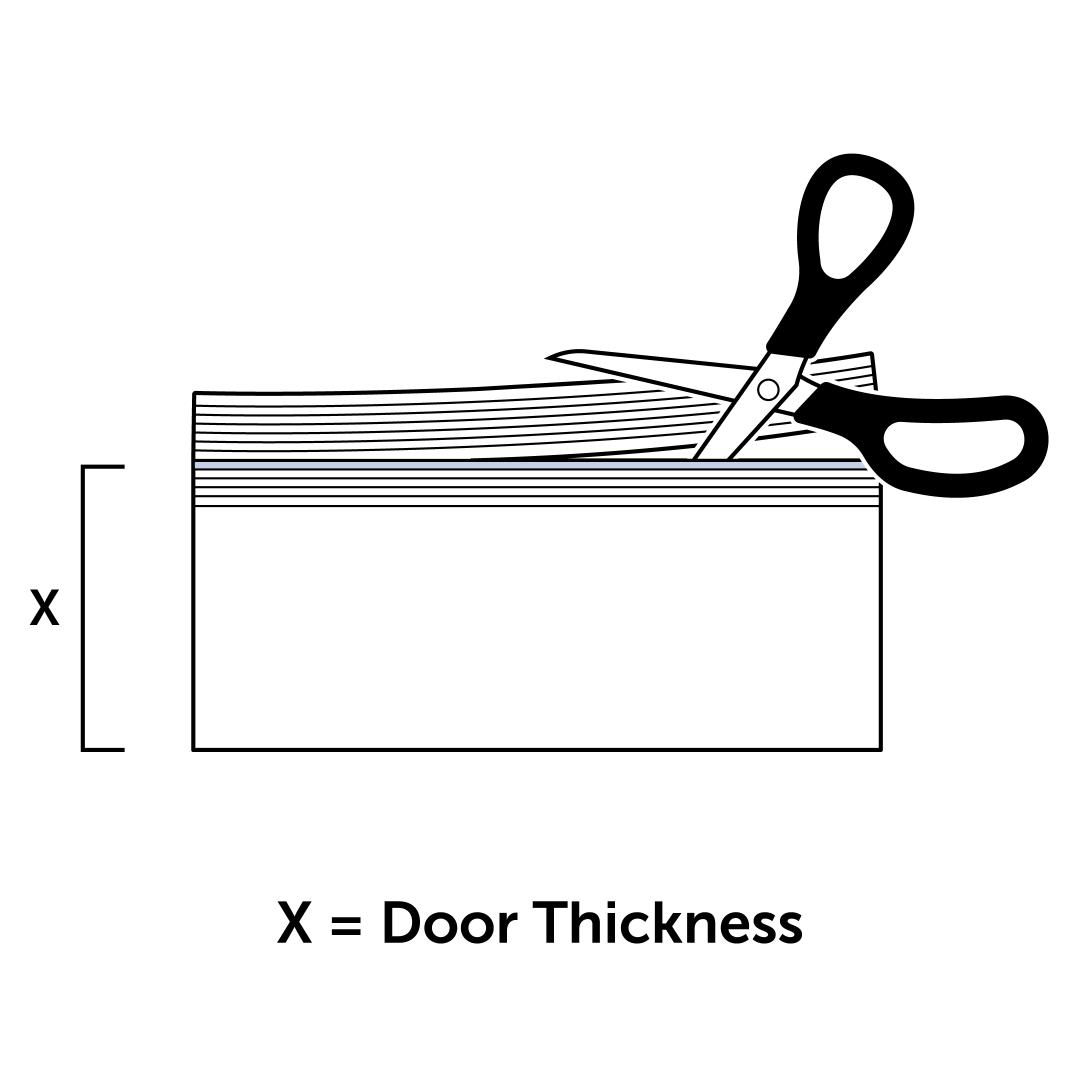
On each core cover piece, measure and mark the notated measurement. Cut along the grooved edge that the plastic core covers to remove the excess.
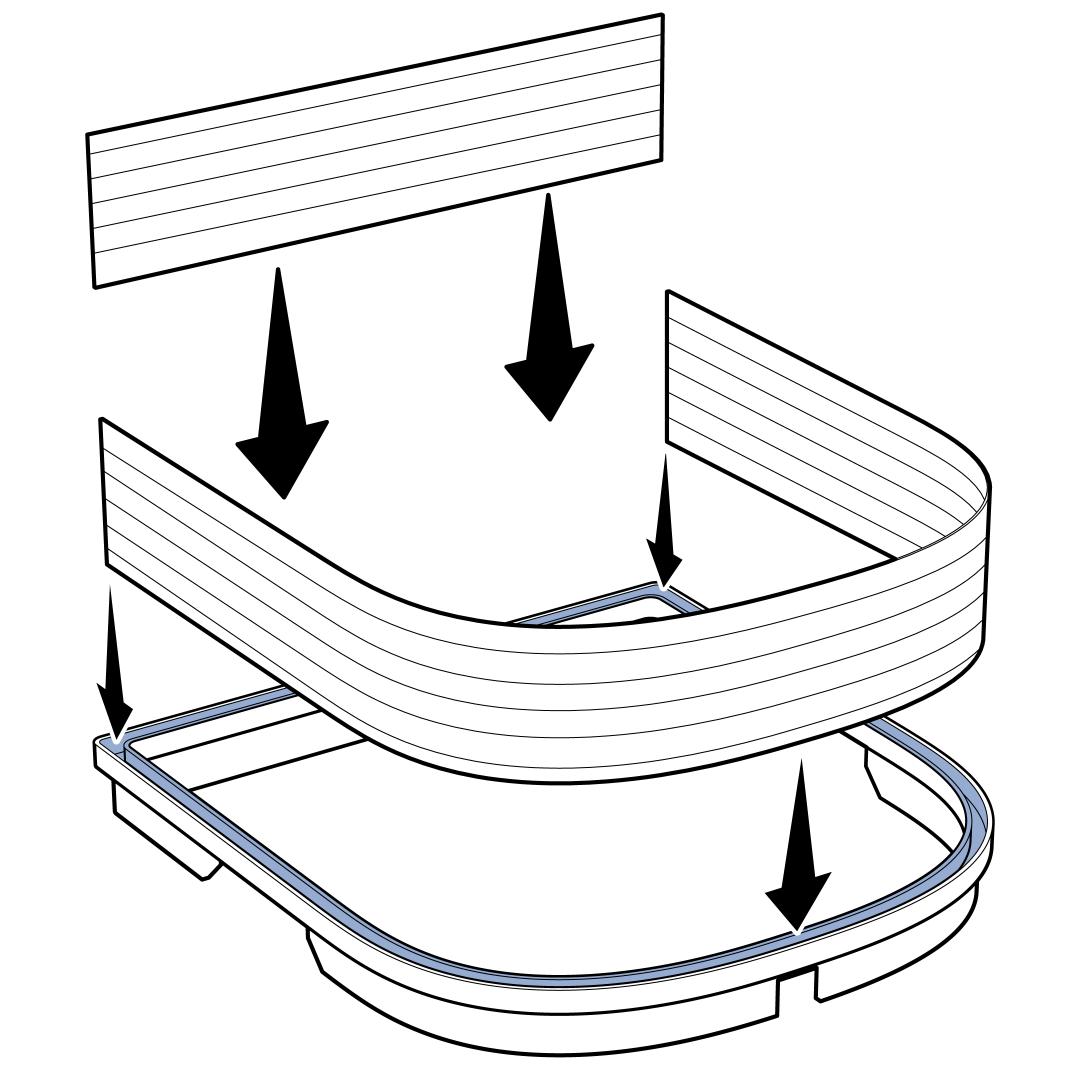
Snap the core covers into the tabs on the Support Tunnel. Use the long core cover to create the U-shape and the short core cover on the straight section. Use duct tape on the core covers around the corners to secure in place and improve weather resistance. Trim any excess tape if it is wider than the core covers.
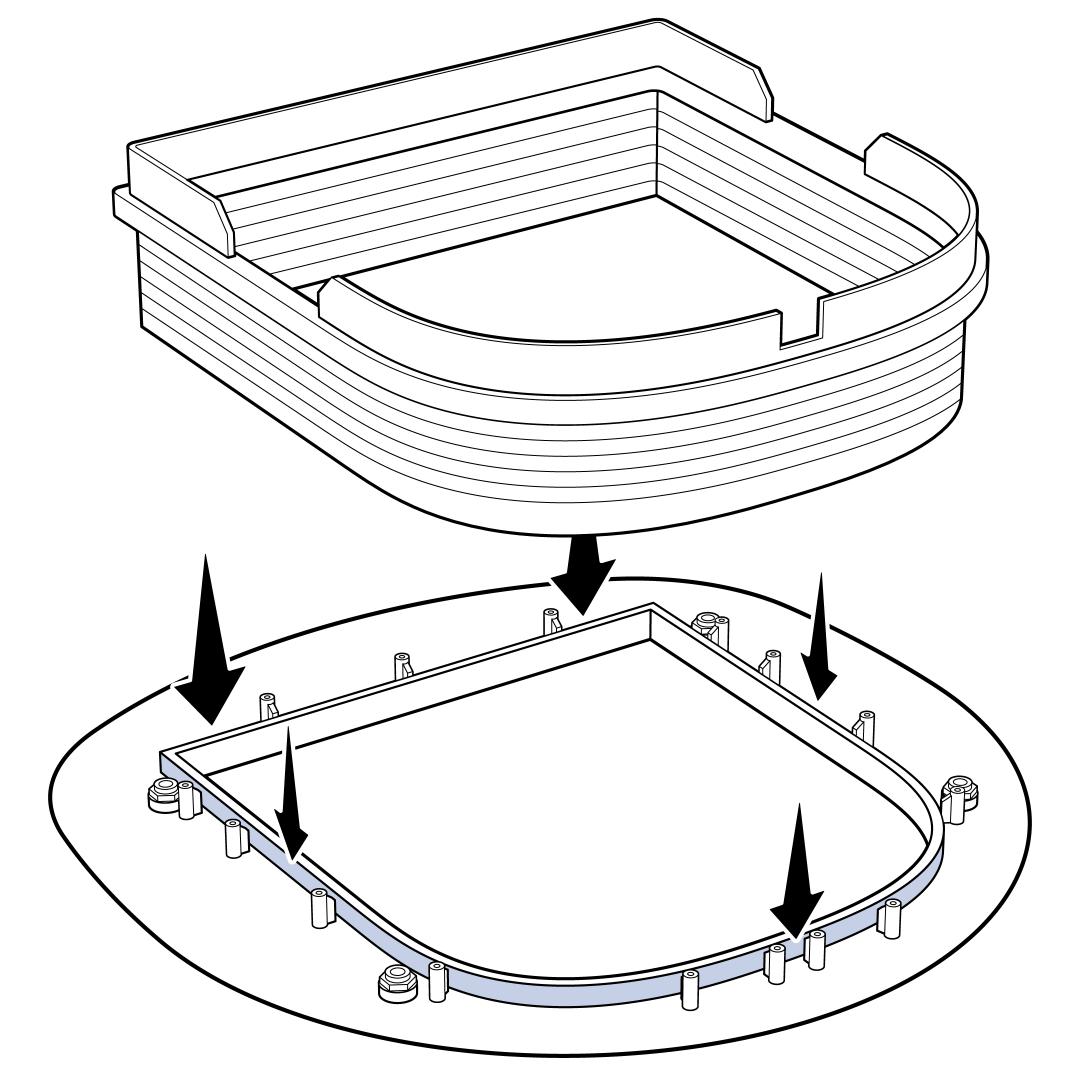
Flip the tunnel assembly over so the Tunnel Support is facing up and snap the other side of the core covers into the exterior frame.
Install the Frame

Check the fit of the frames in the opening. Place the interior frame into the cut out from the interior side of the door. Then, place the exterior frame into the underside of the door, aligning the core covers into tabs of the exterior frame. If either frame does not easily fit inside the opening, you may need to make adjustment cuts to the opening before proceeding with installation.

If the door cut-out thickness is 1” or more, insert the screw guides into the screw holes on the backside of the interior frame (with flap). The screw guides help guide the screws through the screw holes from the interior frame to the exterior frame.

Determine the length of screws needed for use with your door thickness. If the screws are too long, the finishing plugs will not fit.
If your cut-out thickness is 1 1⁄16 inches - 1 7⁄16 inches, trim the 1 7⁄16 inch screw to the measurement of your cut-out thickness + ⁵⁄₁₆ inch with a hacksaw or screw cutter.

Place the exterior frame (with tunnel assembly) into cut-out from the underside of door. Then, place the interior frame (with flap) into the cut-out, aligning it with exterior frame.

Insert the binder posts into screw holes in exterior frame from the underside of door. Hold the binder post in place and insert appropriate length screw into screw holes in interior frame.
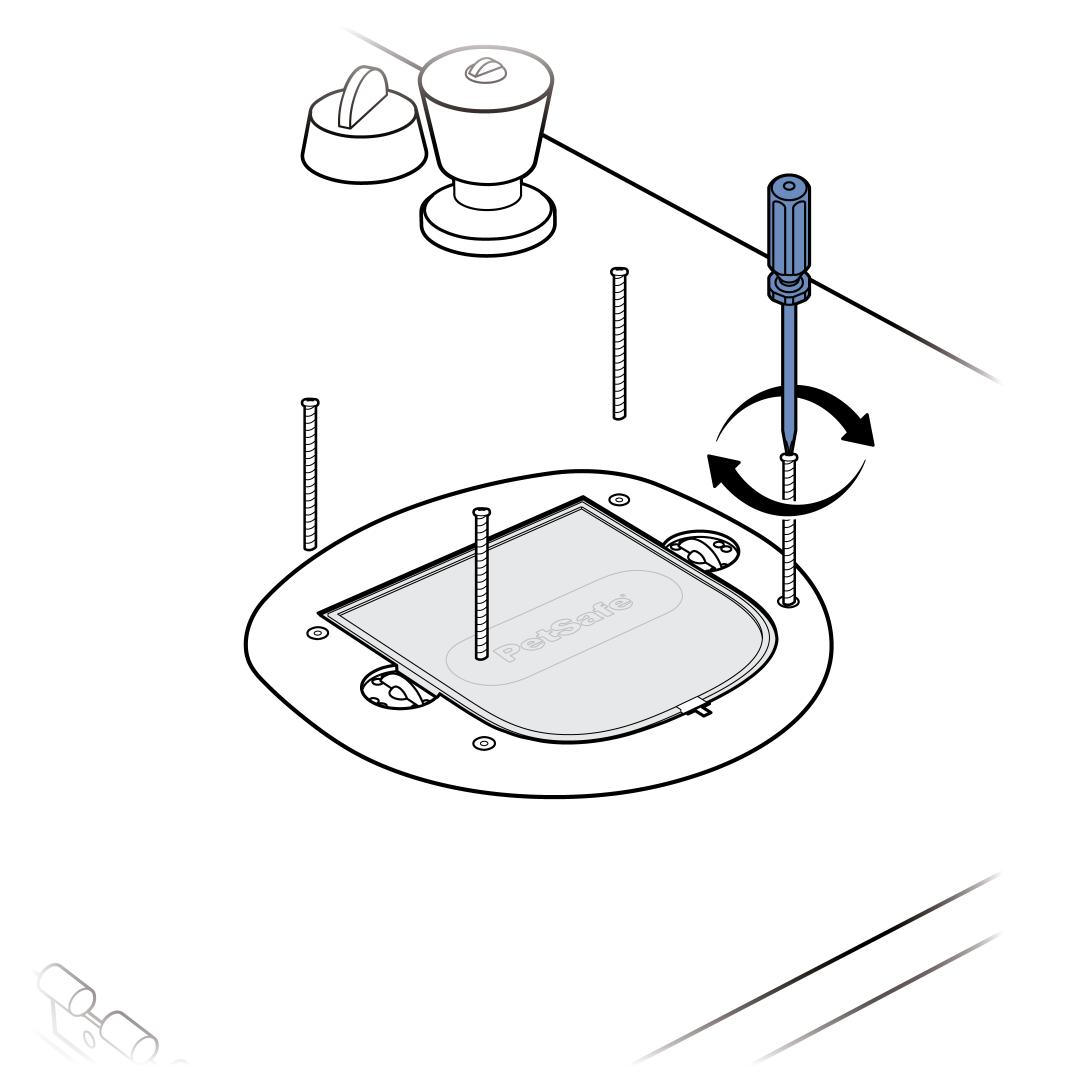
Using a Philips screwdriver, evenly tighten the screws moving from one screw to the next in a criss-cross pattern, until all screws are hand-tight. It may be necessary to adjust screws to make sure the frames cover the cut-out and the flap swings freely.

Insert finishing plugs into screw holes in interior and exterior frames.

If the 4-Way Locking Big Cat Door is installed in an exterior door, caulk around the exterior frame and inside threshold where the Plastic Core Covers and Tunnel Support meet for weather resistance. Fill in any gaps between the door and the frame with caulk.
Contact Customer Care
If you need further assistance, please contact our customer care team.